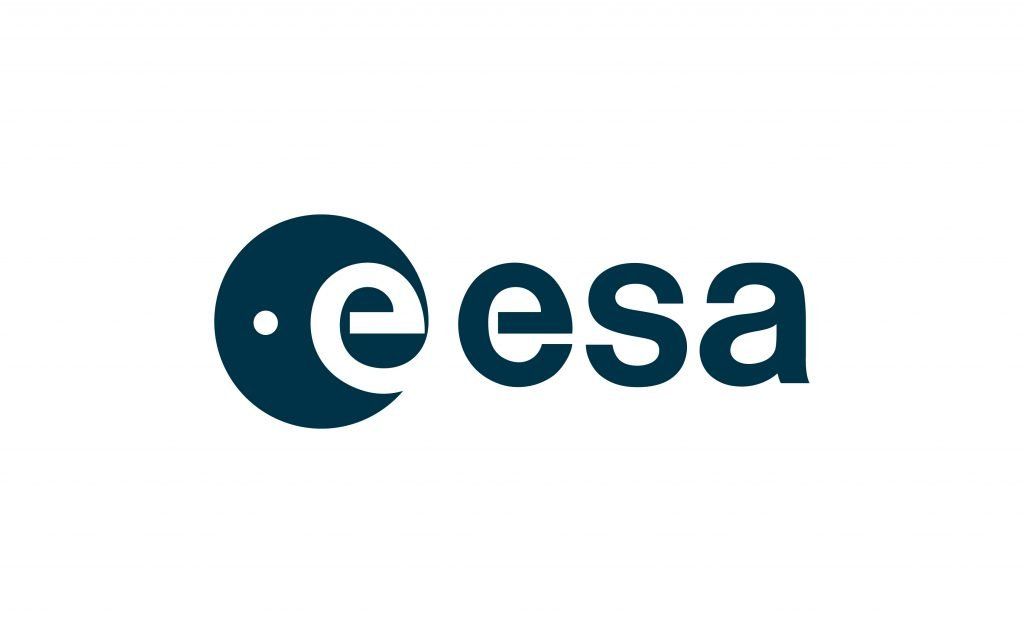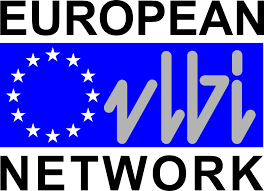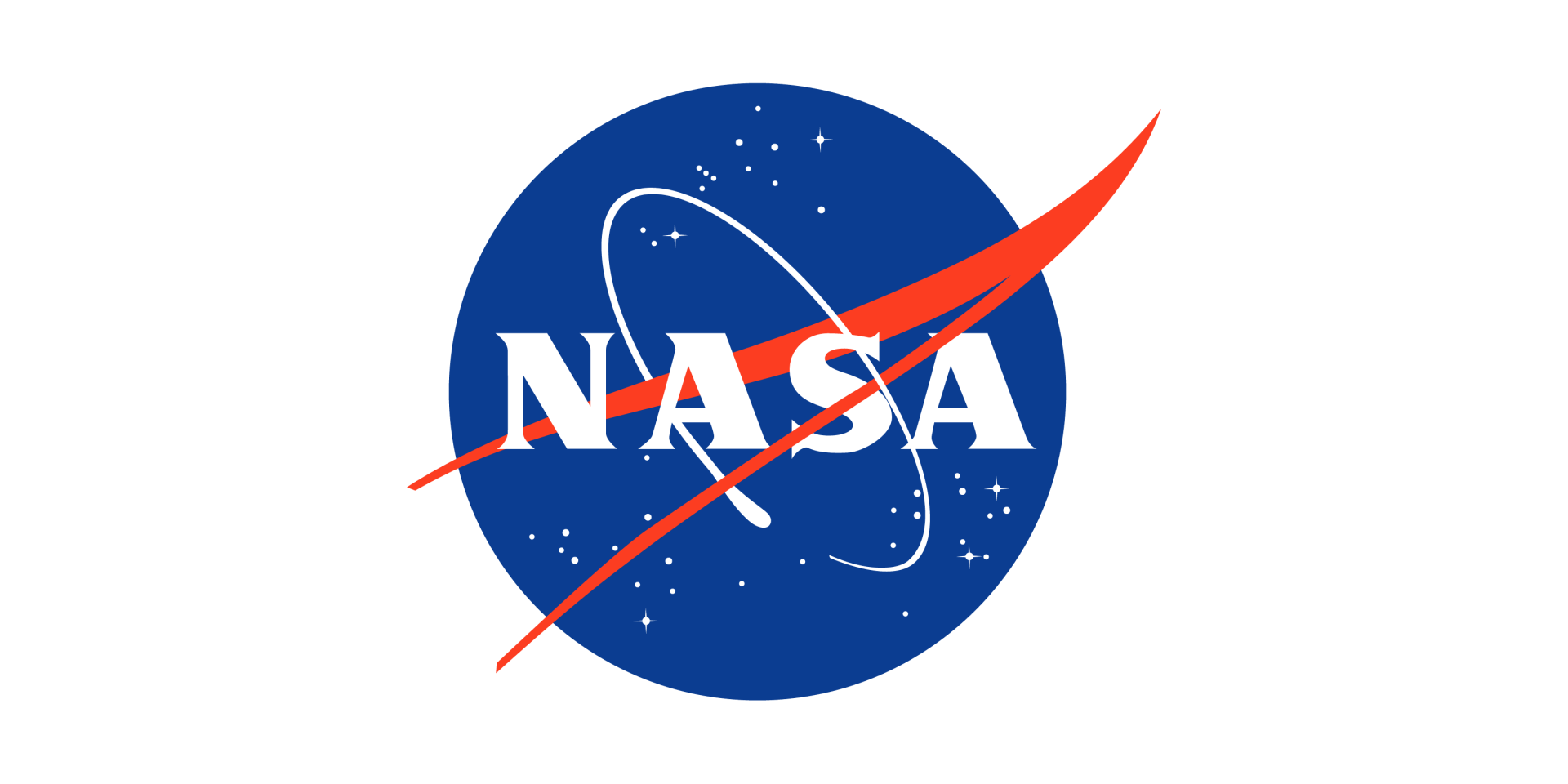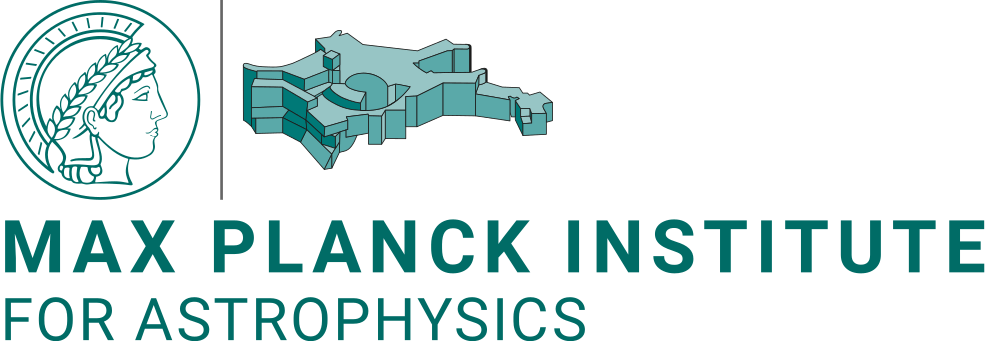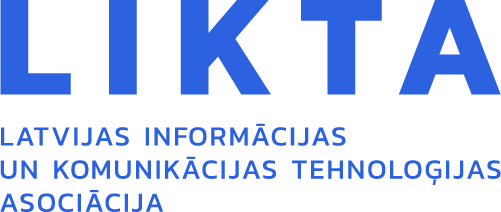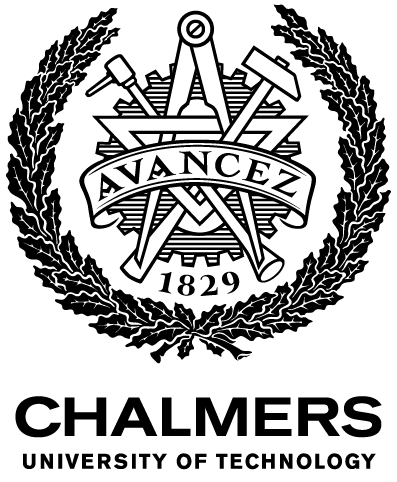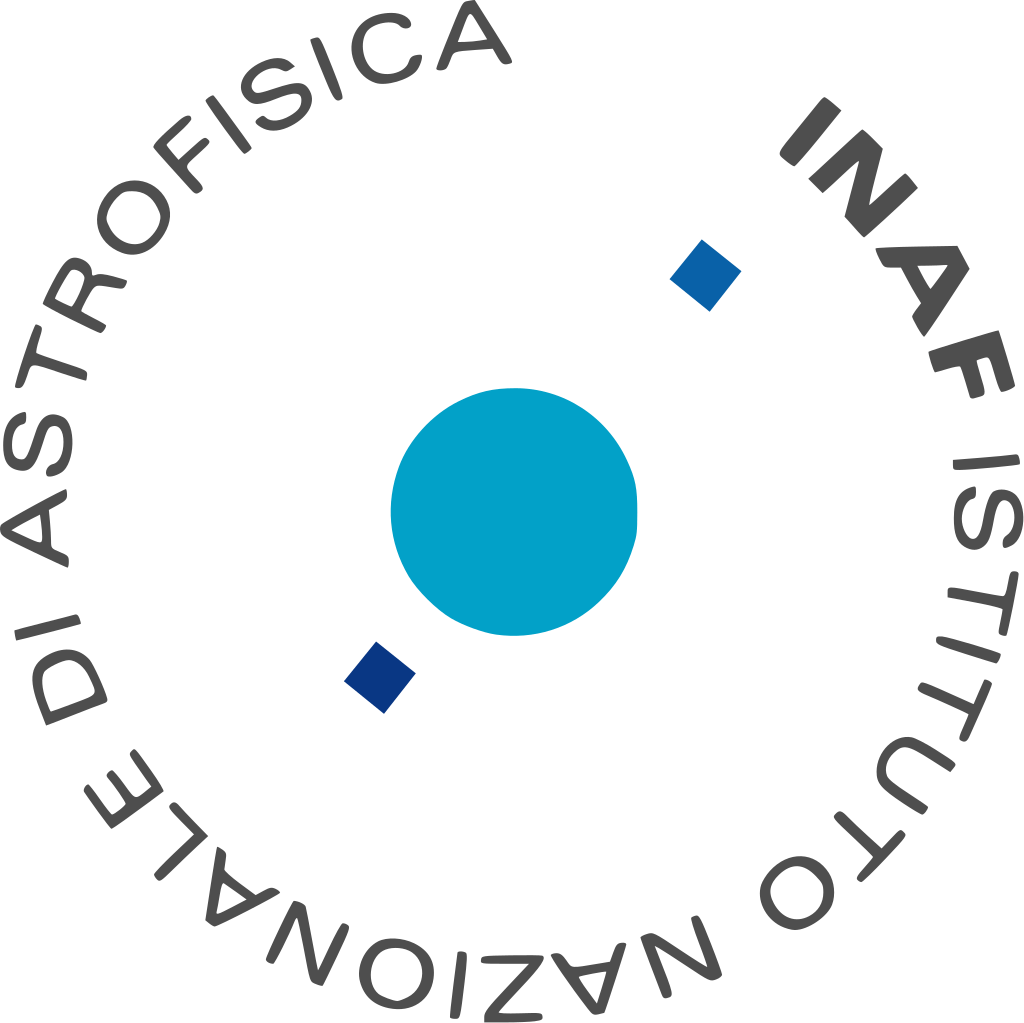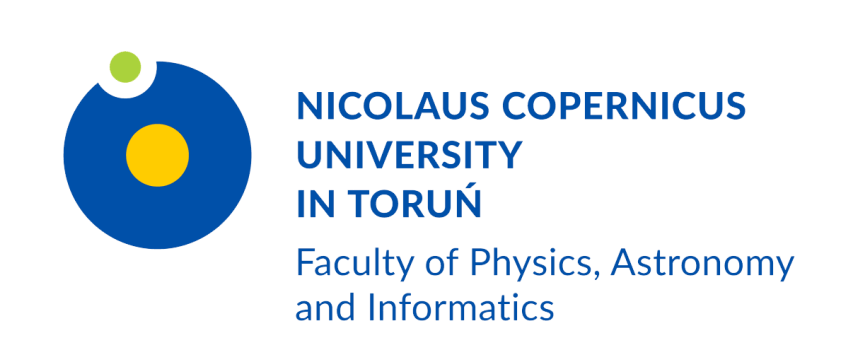This web page is created within BALTICS project funded from the European Union’s Horizon2020 Research and Innovation Programme under grant agreement No.692257.
A contract has been signed for the development of a new receiver for solar research
2019. gada 19. decembris
A contract has been signed for the development of a new receiver for solar research

One of the directions of astrophysics in VIRAC is Solar physics. The main topic of VIRAC Solar radio astronomy research is the study of the Solar active areas using microwave radiation. Solar radio astronomy is a branch of astronomy that studies the star closest to us, the Sun, in the range of radio waves. The proximity of the Sun allows to study such details on the surface of the Sun as spots and groups of spots - the active areas of the Sun. The sun has a magnetic field that is particularly concentrated in the spots and can cause accelerated particle flows. Circularly polarized radio radiation is one of the main sources of information that will make it possible to measure the magnetic field in the upper layers of the Solar atmosphere. Research in Solar physics is of great practical importance because it allows to predict the flow of charged particles in interplanetary medium (space weather) and near the Earth, which is very important both for the safety of spacecraft and residential space stations and the Earth's biosphere, including the forecast of magnetic storms affecting humans. It should be noted that the Sun plays an important role in the renewable energy and the origin of fossil resources, climate change forecasts, atmospheric carbon and dermatology. Since 2012, Solar observations using the spectral polarimetry method and Solar 2D microwave emission mapping have been performed with the VIRAC radio telescope RT-32, using the existing multichannel spectral polarimeter in the frequency range 6.9-9.3 GHz. Experience has shown that the frequency range of the existing Solar spectral polarimeter is insufficient and its noise characteristics do not allow adequate observations of coronal low-brightness temperature regions.
The winner of the open tender for the manufacture of the receiver is the Ukrainian Scientific Institute "Saturn" with which a contract was signed on 7 November, 2019 for the production, supply, installation and training of staff for a new receiver. According to the agreement, the receiver must be delivered and installed in the VIRAC radio telescope RT-32 by 7 December, 2020.
